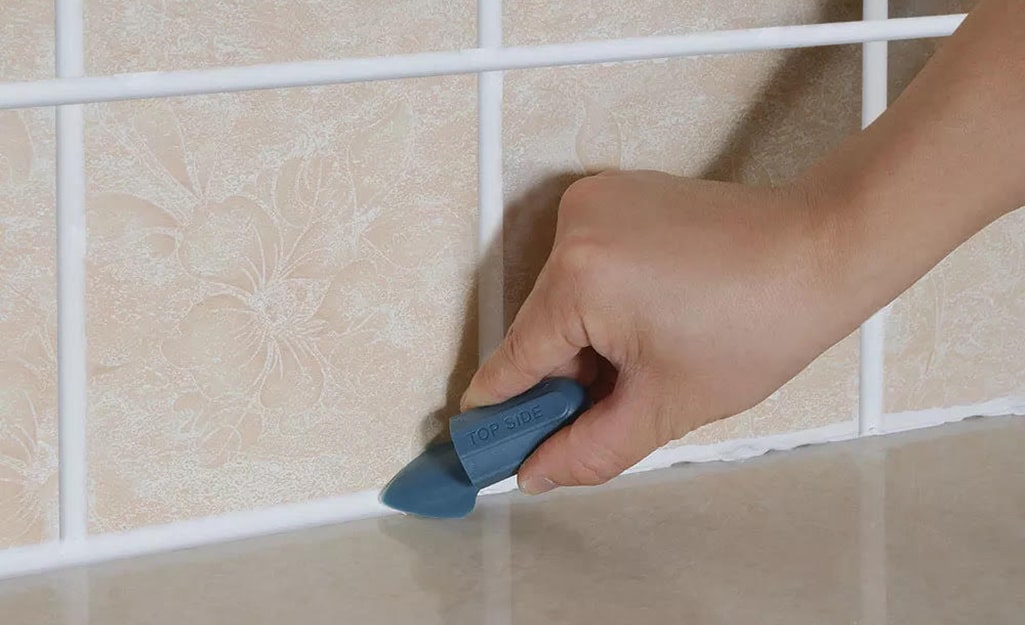
Caulking is an essential part of home maintenance, providing a seal between surfaces to prevent water, air, and insects from entering. However, poorly applied caulk lines can be an eyesore and detract from the overall appearance of your home. If you find yourself dealing with ugly caulk lines, don’t worry—fixing them is a straightforward process that can restore the clean, professional look you desire. This article will guide you through the steps to repair and improve your caulk lines effectively.
Why Caulking Matters
Caulk serves multiple purposes in a home:
- Sealing Gaps: It seals gaps between different materials, such as between a bathtub and the wall, preventing water damage.
- Energy Efficiency: Proper caulking helps maintain a home’s energy efficiency by sealing air leaks around windows and doors.
- Aesthetic Appeal: Neat caulk lines improve the overall appearance of a room by providing a smooth transition between surfaces.
Common Causes of Ugly Caulk Lines
Before diving into the repair process, it’s helpful to understand what might have caused the caulk lines to look unattractive in the first place:
- Improper Application: Applying too much or too little caulk, or using the wrong technique, can result in uneven lines.
- Wrong Caulk Type: Using the wrong type of caulk for the job can lead to poor adhesion and unattractive results.
- Old Caulk: Over time, caulk can become discolored, cracked, or moldy, making it look unsightly.
- Poor Surface Preparation: Failing to clean and dry the surface before applying caulk can prevent it from adhering properly, leading to gaps and uneven lines.
Tools and Materials Needed
Before starting the repair process, gather the following tools and materials:
- Caulk remover or utility knife
- Rubbing alcohol or vinegar
- Scraper or putty knife
- Painter’s tape
- New caulk (silicone, acrylic, or latex, depending on the application)
- Caulk gun
- Caulk smoothing tool or a wet finger
- Clean cloths or paper towels
Steps to Fix or Repair Ugly Caulk Lines
1. Remove the Old Caulk
The first step in fixing ugly caulk lines is to remove the old caulk. This ensures a clean surface for the new caulk to adhere to.
- Soften the Caulk: Use a caulk remover or apply rubbing alcohol or vinegar to the old caulk to soften it, making it easier to remove.
- Cut and Scrape: Use a utility knife or scraper to cut through the old caulk. Carefully scrape away the caulk, being mindful not to damage the surrounding surfaces.
- Clean the Surface: After removing the old caulk, clean the surface thoroughly with rubbing alcohol or vinegar to remove any residue. Allow the area to dry completely before proceeding.
2. Prepare the Surface
Proper surface preparation is key to achieving neat caulk lines.
- Tape the Area: Apply painter’s tape along both sides of the gap you will be caulking. This helps create straight, clean lines and prevents excess caulk from spreading onto surrounding surfaces.
- Ensure a Dry Surface: Make sure the surface is completely dry before applying the new caulk. Moisture can prevent the caulk from adhering properly.
3. Apply the New Caulk
With the surface prepared, you’re ready to apply the new caulk.
- Choose the Right Caulk: Select the appropriate type of caulk for your project. Silicone caulk is ideal for areas exposed to water, such as bathrooms and kitchens, while acrylic or latex caulk works well for other interior applications.
- Load the Caulk Gun: Cut the tip of the caulk tube at a 45-degree angle, making sure the opening is the right size for the gap you are filling. Load the tube into the caulk gun.
- Apply the Caulk: Hold the caulk gun at a consistent angle and apply steady pressure to dispense the caulk. Move the gun along the gap in a smooth, continuous motion to create an even bead of caulk.
4. Smooth the Caulk Line
Smoothing the caulk line ensures a professional finish.
- Use a Smoothing Tool or Finger: Use a caulk smoothing tool or a wet finger to smooth the caulk bead. Work quickly, as caulk can begin to set within a few minutes.
- Remove Excess Caulk: Wipe away any excess caulk with a clean cloth or paper towel.
- Remove the Tape: Carefully remove the painter’s tape before the caulk dries to avoid pulling away any of the caulk with it.
5. Let the Caulk Cure
Allow the caulk to cure according to the manufacturer’s instructions. This typically takes 24 hours but can vary depending on the type of caulk and the environmental conditions.
Tips for a Professional Finish
- Practice First: If you’re new to caulking, practice applying and smoothing caulk on a scrap piece of material before tackling your project.
- Work in Sections: For long gaps, work in manageable sections to ensure the caulk doesn’t begin to set before you can smooth it.
- Use Consistent Pressure: Apply consistent pressure to the caulk gun to create an even bead of caulk.
When to Call a Professional
While fixing caulk lines is a relatively simple DIY task, there are times when it may be best to call a professional:
- Extensive Caulking Needs: If you have a large area that requires caulking, a professional can ensure the job is done efficiently and neatly.
- Persistent Issues: If you continue to have problems with your caulk lines despite following best practices, a professional can provide expert advice and solutions.
Still Need Help?
Getz Handyman is here to assist if you’re in Las Vegas and need professional help with caulking repair. Whether you’re dealing with unsightly caulk lines or need extensive caulking work, their skilled technicians can provide high-quality, reliable services. Getz Handyman offers expert caulking repair to ensure a clean, polished finish in your home. Contact Getz Handyman for all your caulking needs and enjoy a beautifully maintained home without the hassle.
By following these steps and tips, you can fix or repair ugly caulk lines and achieve a clean, professional finish in your home. Whether you choose to tackle the project yourself or enlist the help of a professional, the result will be a more aesthetically pleasing and functional space.

